The Army Independent Flame Thrower Battalion has always been a little difficult to pin down, FM 100-2-3 identifies it as being part of the organisation for a Soviet Army although it is hard to find evidence for the detail of the units organisation and structure. Putting this post together has therefore involved a deal of speculation and conjecture to fill in the gaps around the available facts.
Flame Throwers in the Soviet Army have traditionally been employed by chemical troops, who have provided a range of units covering:
- Flame Throwers
- Smoke Generation
- Chemical and Biological detection and decontamination
There are references to the use of flame thrower equipped troops in a number of doctrine publications. Tactics a Soviet view (1984) identifies there use in the chapter on the offensive identifying that they can be used for clearing entrenched enemy in prepared defences. In FM 100-2-2 the section on Urban Operations outlines the organisation for an assault group that would would contain flame weapons as follows:
- A Motorised Rifle Company
- One or Two Tank Platoons
- Anti-Tank Guns
- An artillery battery in the direct fire role
- A combat engineer platoon
- Flamethrower and Chemical Specialists
The same section goes onto look at the task organisation for these units into groups as follows:
- Attack or Seizure Groups consisting of a motorised rifle platoon reinforced by tanks
- A Covering and holding group consisting of a motorised rifle platoon reinforced with anti tank guns
- A fire support group including attached artillery in the direct fire role and Chemical troops with flamethrowers
- A group of Combat Engineers equipped with bangalore torpedoes and mine clearing devices
The section also articulates some general concepts that are applicable to both Urban operations and more general break through operations against formed defences. These are that a Division attacks:
- on a Frontage of 4-6 Kms
- in two echelons at all levels of command.
All this demonstrates the doctrine was in place that required flame thrower equiped units to be deployed when faced with either urban operations or the clearance of fortified or heavily defended belts. Their application in these areas is borne out by use in both the Afghanistan and Chechen conflicts.
The principal weapon systems deployed by the dismounted flame thrower companies have been the LPO 50 and TPO 50 Flame throwers and the RPO series of thermabaric rocket launchers.
David Isby talks about flame thrower equipped units using LPO-50 and TP0-50 in his section on Engineers. He notes that these weapons were deployed by Assault Engineers although nearly all other sources clearly attribute the operation of flame throwers to Chemical Troops.
David Isby talks about flame thrower equipped units using LPO-50 and TP0-50 in his section on Engineers. He notes that these weapons were deployed by Assault Engineers although nearly all other sources clearly attribute the operation of flame throwers to Chemical Troops.
The RPO-A or "Sheml"is a recoilless, shoulder launched rocket with a thermabaric warhead that was introduced into service in 1984 and replaced the more traditional LPO-50 back pack flame thrower. David Isby notes a gradual transition with the RPO-A augmenting the LPO-50 in the first instance. The weapon was used to equip flame thrower platoons and these were deployed in both Afghanistan and Chechnya. Evidence from both conflicts notes that these platoons would be attached to Motor Rifle Battalions as required. In Chechneya these assets were employed to clear villages as well as cities.
At one stage it was proposed that the flamethrower platoons would become a permanent feature of the Infantry battalions as they were used so extensively. Whilst this did not happen the proposed organisation of the flame thrower platoon would seem a good model to use for the dismounted element of the Flame Thrower Battalion. The platoon proposed consisted of two APCs with 14 Gunners and 28 RPO launchers split into two sections one mounted in each vehicle.
In Afghanistan their is evidence that sections were mounted in BTR series vehicles and in Chechnya BMP2. The Current Flame thrower battalion has a company mounted in MTLB and a company in BTO. Other than the BTO which did not enter service until well after the Cold War ended you have a reasonable degree of choice for transport. At the moment I am torn between BMP2 and MTLB.
The modern Russian Army has at least two flame thrower battalions each is equipped with 1 Company of TOS-1 and 2 Companies of Assault infantry one in MTLB and one in BTO. I have read somewhere but cannot currently find the reference, that each Assault company contains only two platoons. This seems a reasonable structure for the Cold War Battalion.
Flame Thrower Tank Company
Both David Isbey and the current Russian Army include Flame Thrower capable tanks within the Flame Thrower equipped units. David Isbey identifies the TO-55 as being present in Assault Engineer Regiments and goes onto state that a platoon of tanks would directly support motor rifle troops engaged in urban operations and when attacking fortifications or a fortified zone this is in line with the historical evidence from Chechnya.
The TO-55 was a conventional flame thrower tank based on the T-55 that could fire a Jet of Flame unto 200m. Sufficient fuel was carried by the vehicle for a maximum of 12 bursts.
The other vehicle of interest here is the TOS-1 Buritano. The TOS-1 is a short range direct fire 220mm Multiple Rocket Launcher based on a T-72 chassis that entered service in the late 80's or early 90's depending on your reference. Nearly all references agree that it was trialled in Afghanistan prior to the end of that conflict.
The vehicle can fire either a full salvo of 30 rockets or can fire pairs of rockets. These can engage targets up to a range of 3,500m, this range has increased with the development of the TOS-1A to around 6,000m, minimum range is stated as 400m. The Area of coverage quoted is 400m x 200m and I assume this is for a full Salvo so an individual missile approximates to 70m x 35m.
The vehicle can fire either a full salvo of 30 rockets or can fire pairs of rockets. These can engage targets up to a range of 3,500m, this range has increased with the development of the TOS-1A to around 6,000m, minimum range is stated as 400m. The Area of coverage quoted is 400m x 200m and I assume this is for a full Salvo so an individual missile approximates to 70m x 35m.
Reports from Chechnya also discuss the deployment of TOS-1 in support of infantry operations and here they identify that 2 vehicles would be used to reinforce the Regimental Artillery Group. It is worth remembering that the Soviet Army's doctrine on the use of Artillery encourages direct fire engagements so this is not a particularly unusual approach.
Possible Organisation of the Battalion
Based on this evidence you have to ask what organisation would make sense?
Based on this evidence you have to ask what organisation would make sense?
- A regiment in the Assault would probably only put the Flame units in the first echelon and assaults against fortified zones and Urban areas would be made with 2 echelons at all organisational levels. A regiment would need to provide support for two of the three battalions at any one time. This is similar to the doctrine used for the use of armour in offensive operations.
- The evidence form Chechnya and Afghanistan notes that a flame thrower platoon supported a battalion.
- The evidence from Chechnya that 2 TOS-1 would support a Regiment under the control of the RAG suggest that a platoon consisted of 2 TOS-1, I assume the TO-55 was operated in platoons of 3.
- Janes Armour and Artillery states that only 24 TOS were produced and speculates these would be deployed at front level, although there would seem to be no obvious unit for them to deploy to. Interestingly 24 vehicles give each army independent flame thrower battalion in GSFG 4 vehicles and this would provide sufficient for a company of two platoons of two vehicles for each.
- This begs the question why you would deploy this type of unit to a Tank Army which was doctrinally not likely to be engaged in the sorts of operations where these equipments would be of use this would potentially mean that sufficient capability existed to push TOS-1 wider potentially covering the Northern and Central Groups of Forces.
A Likely Orbat for the Flame thrower battalion would seem to be:
- 2 Assault Companies each of 2 Platoons of 2 Sections of 7 Men deploying 14 RPO-A
- 1 Tank Company of 2 Platoons
For my Flame Thrower units I am going to assume the Soviet Army would task organise a group of two dismounted Flame Thrower platoons and a Tank Flame Thrower platoon to support a regiment. The Army Flame thrower battalion proposed would be capable of supporting two regiments and this was sufficient to support a single Divisional breakthrough operation or Urban Assault where the Division would generally be assaulting with two regiments in the first echelon.
Of interest the planning norms for artillery support to such operations in term of the number to tubes required per km also suggest that an Army could support only one breakthrough operation or Urban assault at a time. Given the way that Artillery in the first echelon is reinforced by the Second it is also feasible that a similar principal might be applied.
Of interest the planning norms for artillery support to such operations in term of the number to tubes required per km also suggest that an Army could support only one breakthrough operation or Urban assault at a time. Given the way that Artillery in the first echelon is reinforced by the Second it is also feasible that a similar principal might be applied.
As ever in the Cold War the introduction of Offensive weapons late in the period fell foul of the changing political and economic circumstances that drove the Cold War to its conclusion. As ever different political circumstances would have lead to different outcomes, particularly if a situation in which conflict would have started could be imagined. Having said that based on the above the proposed Flame thrower battalion organisation and equipment would seem both reasonable and sufficient given the Soviet Army's doctrine.
Wargames Orbat
The Battalion will be equipped as follows:
- Pre 1984 - TO-55 Flame tanks and LPO-50 (the LPO-50 organisation would deploy 2 Flame throwers per section and sections would probably be of 8 men)
- Post 1985 - TO-55 Flame Tanks, with a mix of LPO-50 and RPO-A
- Post 1989 - TOS-1 and RPO-A for Armies in the forward group of forces.
- There is evidence to suggest that a purpose built BMP2 was introduced to carry RPO teams, I believe this was a result of operations in Chechnya. MTLB, BTR or BMP 1 or 2 would seem reasonable.
- 1 Tank Company of 1 TOS-1 Buratino or TO-55,
- 1 Dismounted Company of 2 BMP 2 or 2MTLB and 4 RPO-A, 1 Officer
Rapid Fire Rules Amendments
I suppose the other aspect that needs to be considered is the corresponding effects though I am inclined to keep damage as a flame weapon, perhaps modifying the in building rule, which currently states no casualties but catches fire and has to be abandoned. Other than that it would seem sensible incorporate the range, area of effect and PHit of the relevant rocket systems.
I do confess that my interest in this capability is not only stimulated by a desire to understand what the Soviets did but also to build and deploy the rather handy looking TOS-1 produced by Modelcollect
References:
FM 100-2-2 The Soviet Army Specialised Warfare
FM 100-2-3 The Soviet Army Troops, Organisation and Equipment
FM 100-2-3 The Soviet Army Troops, Organisation and Equipment
Jane's Armour and Artillery 2002/2003
Picture Set of Modern Flame thrower Battalion
Tactics of the Soviet Army Regiment
Other Related Posts:
ORBAT - Soviet Late 80's Breakthrough Capability, Part 1 overview
ORBAT-Soviet Late 80's Breakthrough Capability, Part 3 Non Divisional Artillery Assets
ORBAT-Soviet Late 80's Breakthrough Capability, Part 4 Frontal Aviation
ORBAT - 1980's Soviet MRR and TRR, Part 4 ArtilleryPicture Set of Modern Flame thrower Battalion
Tactics of the Soviet Army Regiment
Other Related Posts:
ORBAT - Soviet Late 80's Breakthrough Capability, Part 1 overview
ORBAT-Soviet Late 80's Breakthrough Capability, Part 4 Frontal Aviation
TTP-Soviet Breakthrough Attacks
ORBAT - Soviet Task Org, Fronts against NORTHAG
ORBAT - Soviet Task Org, Fronts in the Western TVD
Wargames Unit - Soviet Late 80's Flamethrower Company Group
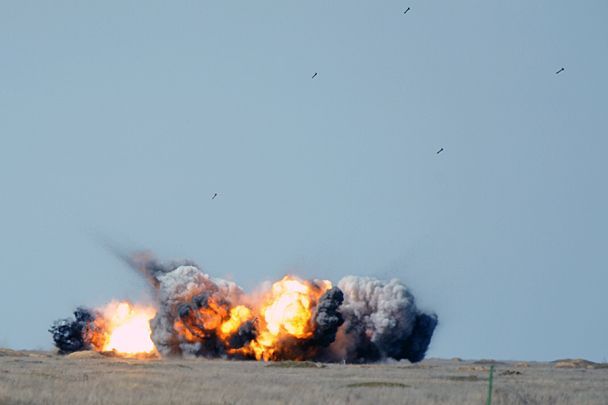

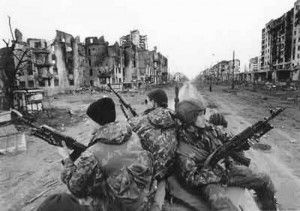
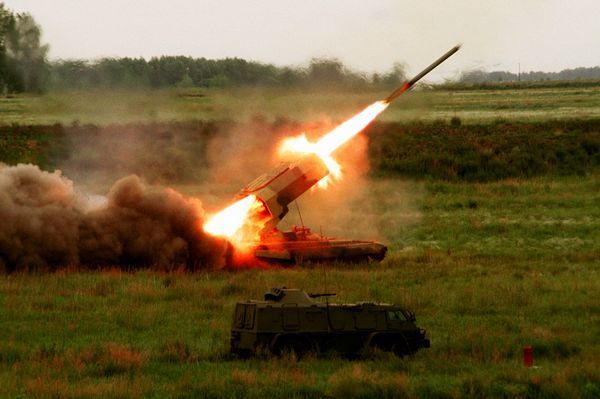
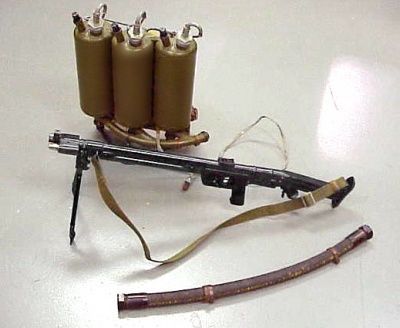
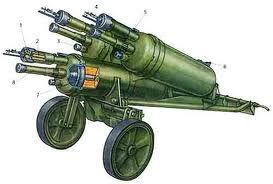


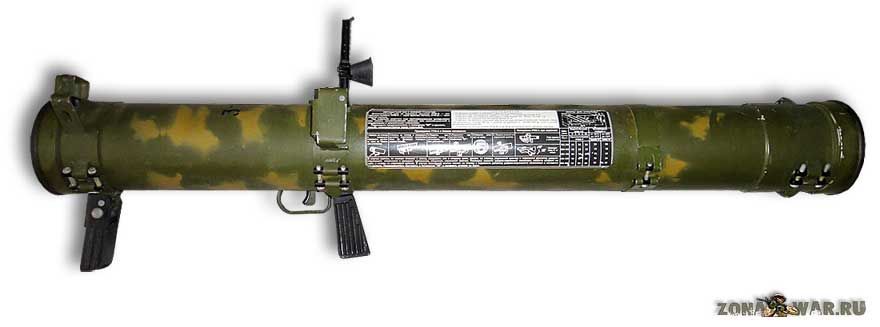
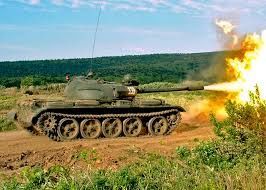
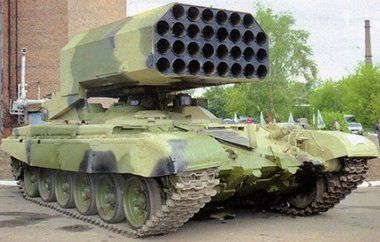
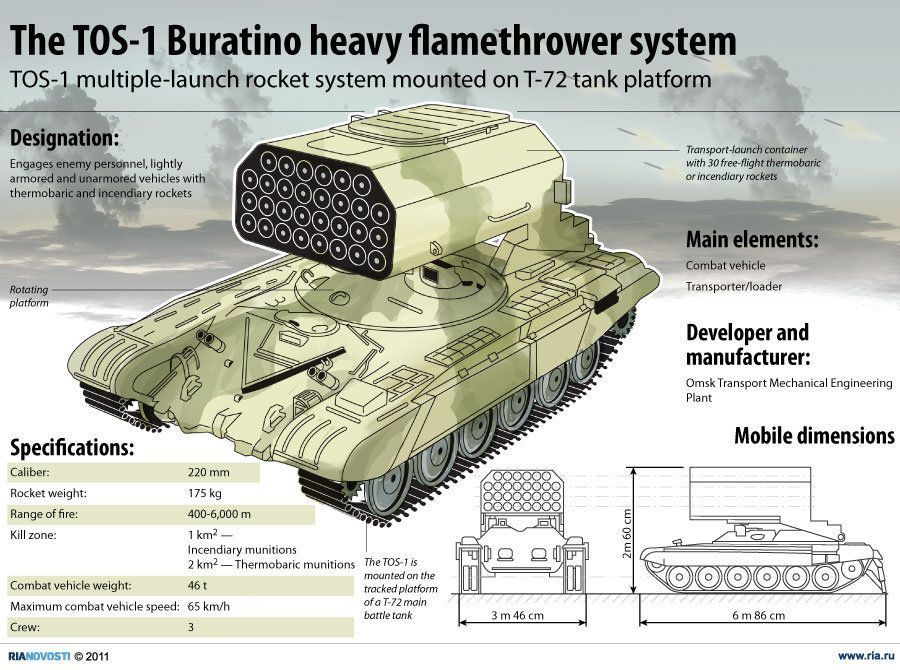

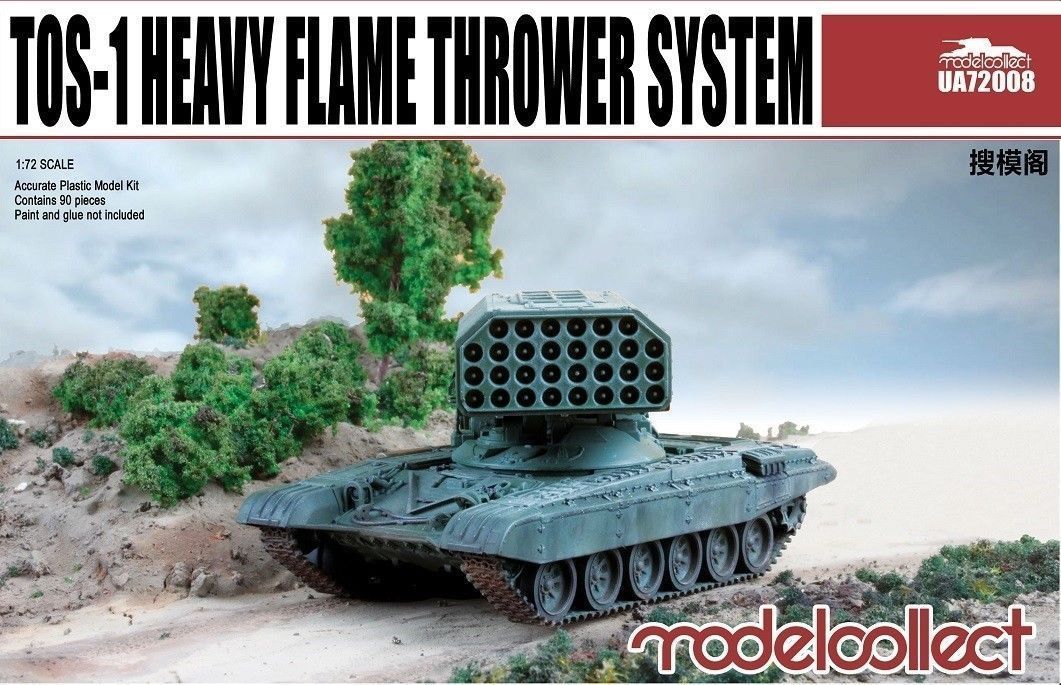
Great post- I'll bookmark it as it's a great reference page. Nice to know that everything is available in 20mm too.
ReplyDeleteCheers,
Pete.
Cheers mate glad you found it Useful, Elhiems RPG-22 guys make a reasonable RPO-A substitute.
DeleteThanks - I'm using the S nd S ones- they do the Flamethrower too.
DeleteCheers,
Pete.
Didn't know that, Ta for the Info
Delete